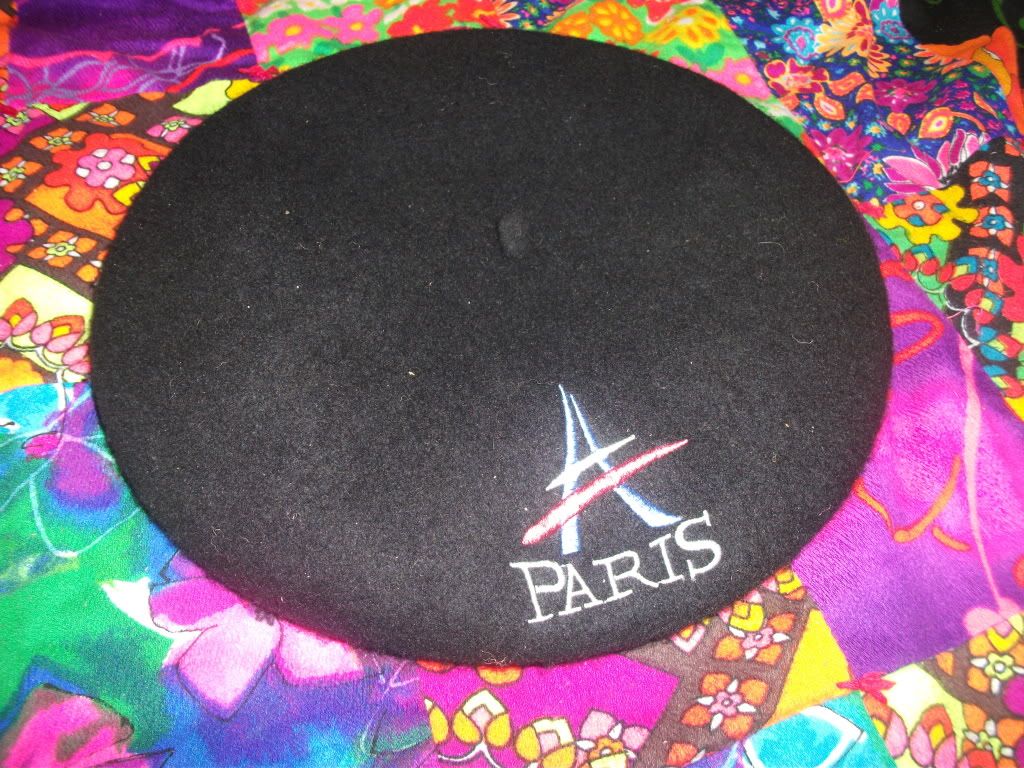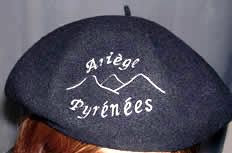Daan
Vendor
- Messages
- 949
- Location
- Wellington, Aotearoa
The beret as we know it today has it's origins in the French Béarn, but the beret has been invented many times over and over again. The old Greeks wore hats that resemble berets in a variety of colours, Roman legionnaires wore beret-shaped brown woolen felt caps (all over large parts of present-day Europe and influenced local head gear) and the Macedonians wore the Kausia, again a very similar hat to the present day beret.


Two pictures of a kausia; the ancient Macedonian flat hat which was worn during the Hellenistic period but perhaps even before the time of Alexander the Great
Many more examples of beret-like hats can be found on Sardinia, Crete, in Denmark, Austria and many more places where people kept sheep and needed protection from sun and cold.
Similar for the Svan people in the present-day Republic of Georgia. Surrounded by 3,000–5,000 meter peaks, Svaneti is the highest inhabited area in Europe and the geography ensured the inhabitants of perfect isolation in many ways. The Svans are an ethnic subgroup of the Georgians, generally see themselves as Georgian Orthodox Christians (Christianized in the 4th-6th centuries), but many remnants of old paganism have been maintained (most obvious in symbolism in carving, clothes, etc). The Svans have retained many of their old traditions, including blood revenge. Their families are small, the husband being the head of his family while older women are especially well respected.
One of the old traditions that survived till today is the use of the Svanetian felt hat and, again, the similarities with the beret are numerous:

Both were hats made and further developed by mountain people, shepherds herding their sheep on high mountain pastures, spending weeks and months on end in isolated huts during the nights of the grazing season and keeping themselves occupied with knitting wool. In some ways, the beret as we know it now, is a more developed hat from what the Svan people still use to this day. The hats are completely hand made of felted wool only with the only addition a black string in the shape of a cross, covering the cap. Not a Christian symbol, but from a much older pre-Christian period, symbolizing the connection between humans and the universe (the end of the string is sewn to the side of the cap, representing the owner, while the center of the cross is at the center of the skull).

I got my first Svan felt cap from a friend while working in Georgia and later, found a second specimen while on the other side of the High Caucasus in Chechnya, almost 20 years ago. Moth eaten and over-worn I have been looking for replacements for years and now have finally managed to find a supplier in Georgia. Despite the enormous changes that Georgia has gone through over the last two decades, internet-ordering felt hats made by peasant women living in the high mountains at the other side of the world, still proves to be difficult.
Thanks to incredible postage and Customs costs, I made a one-off order and have some for sale at South Pacific Berets now (and honestly believe you won't find these anywhere else on the web).





Two pictures of a kausia; the ancient Macedonian flat hat which was worn during the Hellenistic period but perhaps even before the time of Alexander the Great
Many more examples of beret-like hats can be found on Sardinia, Crete, in Denmark, Austria and many more places where people kept sheep and needed protection from sun and cold.
Similar for the Svan people in the present-day Republic of Georgia. Surrounded by 3,000–5,000 meter peaks, Svaneti is the highest inhabited area in Europe and the geography ensured the inhabitants of perfect isolation in many ways. The Svans are an ethnic subgroup of the Georgians, generally see themselves as Georgian Orthodox Christians (Christianized in the 4th-6th centuries), but many remnants of old paganism have been maintained (most obvious in symbolism in carving, clothes, etc). The Svans have retained many of their old traditions, including blood revenge. Their families are small, the husband being the head of his family while older women are especially well respected.
One of the old traditions that survived till today is the use of the Svanetian felt hat and, again, the similarities with the beret are numerous:

Both were hats made and further developed by mountain people, shepherds herding their sheep on high mountain pastures, spending weeks and months on end in isolated huts during the nights of the grazing season and keeping themselves occupied with knitting wool. In some ways, the beret as we know it now, is a more developed hat from what the Svan people still use to this day. The hats are completely hand made of felted wool only with the only addition a black string in the shape of a cross, covering the cap. Not a Christian symbol, but from a much older pre-Christian period, symbolizing the connection between humans and the universe (the end of the string is sewn to the side of the cap, representing the owner, while the center of the cross is at the center of the skull).

I got my first Svan felt cap from a friend while working in Georgia and later, found a second specimen while on the other side of the High Caucasus in Chechnya, almost 20 years ago. Moth eaten and over-worn I have been looking for replacements for years and now have finally managed to find a supplier in Georgia. Despite the enormous changes that Georgia has gone through over the last two decades, internet-ordering felt hats made by peasant women living in the high mountains at the other side of the world, still proves to be difficult.
Thanks to incredible postage and Customs costs, I made a one-off order and have some for sale at South Pacific Berets now (and honestly believe you won't find these anywhere else on the web).




































